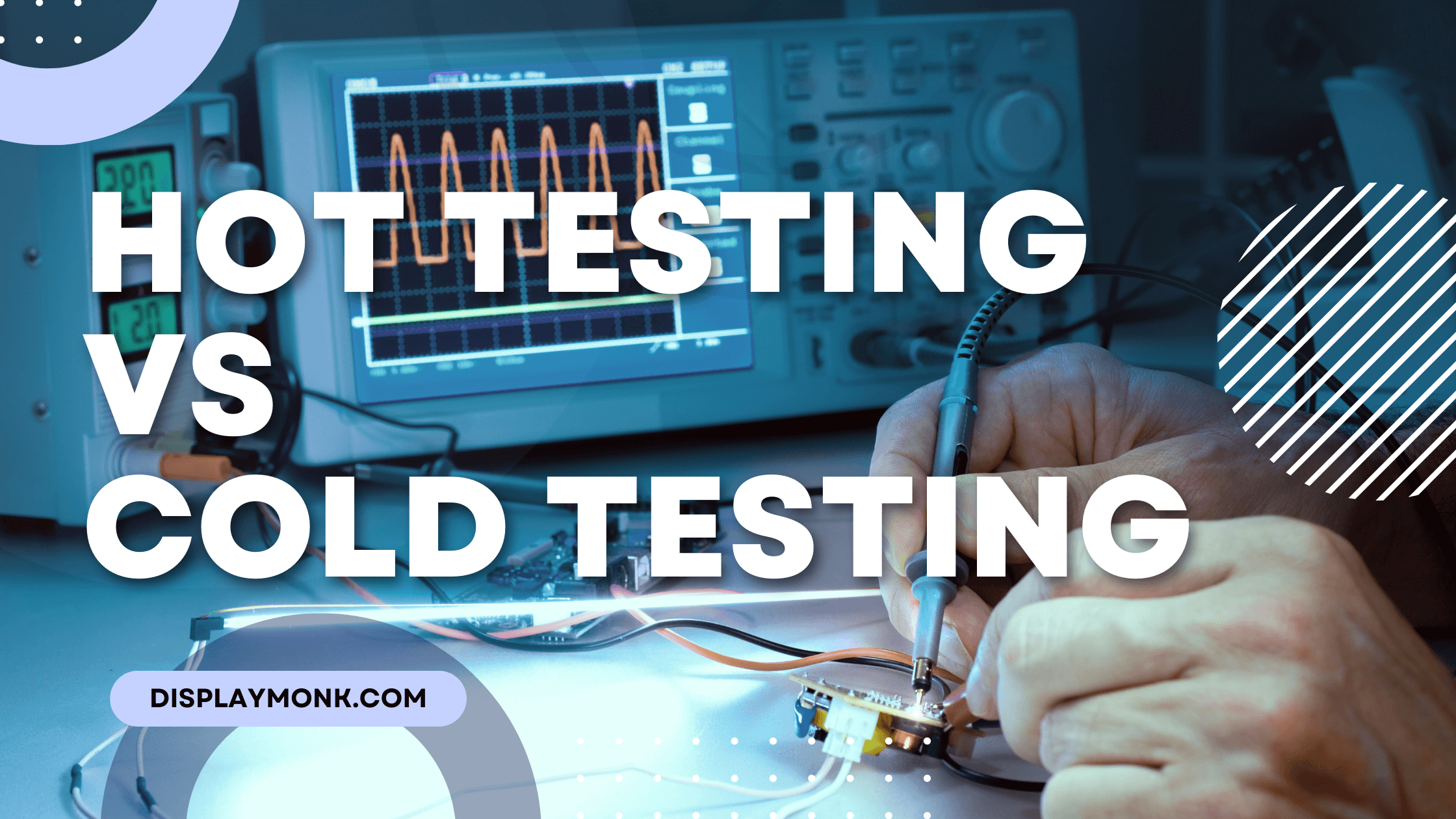There are major two types of tests commonly used for Laptop Testing and we will also understand what is Hot Testing vs Cold Testing In Laptop or mobile devices.
- Hot Test
- Cold Test
Hot Testing vs Cold Testing
The first method of Cold Test for laptop preparation consists of testing with a multimeter with keeping the beep mode or diode range on the multimeter.
The second method of Hot Test consists of testing the laptop motherboard by injecting current at its pins. This method used a multimeter dc 20v range to test the voltage. The loss in voltages means a problem with the motherboard. The increase in current is also a symptom of faulty components. The capacitors, diodes, registers, MOSFET’s, ic’s are the most commonly failed components in laptops. Coil mostly do not get problems because they are more durable.
When you complete the hot testing or cold testing you will get some predictions of which components may fail. From these predictions, you can repair that motherboard. The testing should be from start to end within schematics in laptop repairing. Unless you don’t get any defective components to carry out testing for the next flow in schematics.
Advice before starting
It is advisable for newcomers who want to brush up their knowledge in this field to start with cold testing. As being starting with hot testing can burn the component.
As a starter, you don’t want to burn any components. Secondly, the cost of the laptop motherboard components is quite much.
Motherboards you start testing
There are different brands of motherboards you can do this testing. They are
- acer
- asus
- broadwell
- compal
- compaq
- dell
- H61
- H81
- foxcon
- hp
- ibm
- invented
- lenovo
- lg
- quanta
- samsung
- sony
- toshiba
- wistron
- x40
- zenith
You can also check our other laptop preparing help guides.
thank you for your visit…
